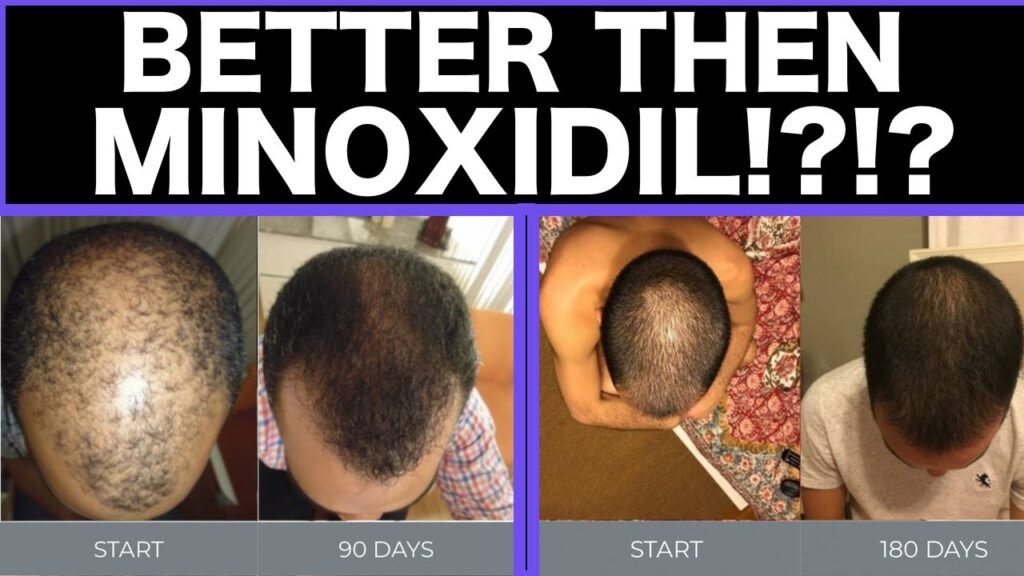Why choose Minoxidil vs tretinoin
When it comes to addressing hair loss, choosing the right treatment is crucial for achieving optimal results. Minoxidil and tretinoin are two widely used topical treatments, each offering unique benefits. Understanding the differences between these treatments can help you make an informed decision. Minoxidil is specifically designed to stimulate hair growth and is FDA-approved for treating androgenetic alopecia, making it a reliable choice for those seeking to regrow thinning hair. Its vasodilatory effect helps increase blood flow to hair follicles, promoting a more conducive environment for hair growth.
On the other hand, tretinoin, a derivative of vitamin A, is primarily used in skincare to treat acne and promote cell turnover. While not specifically approved for hair loss, it is sometimes used in combination with minoxidil to enhance its absorption and efficacy. However, tretinoins primary function is not to stimulate hair growth, which may limit its effectiveness as a standalone treatment for hair loss. For individuals looking for a treatment specifically targeted at regrowing hair, minoxidil is often the preferred choice due to its proven track record and targeted action.
Furthermore, the side effect profiles of these treatments differ. Minoxidil is generally well-tolerated, with the most common side effects being mild scalp irritation and dryness. Tretinoin, however, can cause more significant irritation, especially for those with sensitive skin, potentially leading to redness, peeling, and increased sensitivity to sunlight. This difference in tolerability can be a deciding factor for many when choosing between the two treatments. For those prioritizing ease of use and minimal side effects, minoxidil may be the more appealing option.


